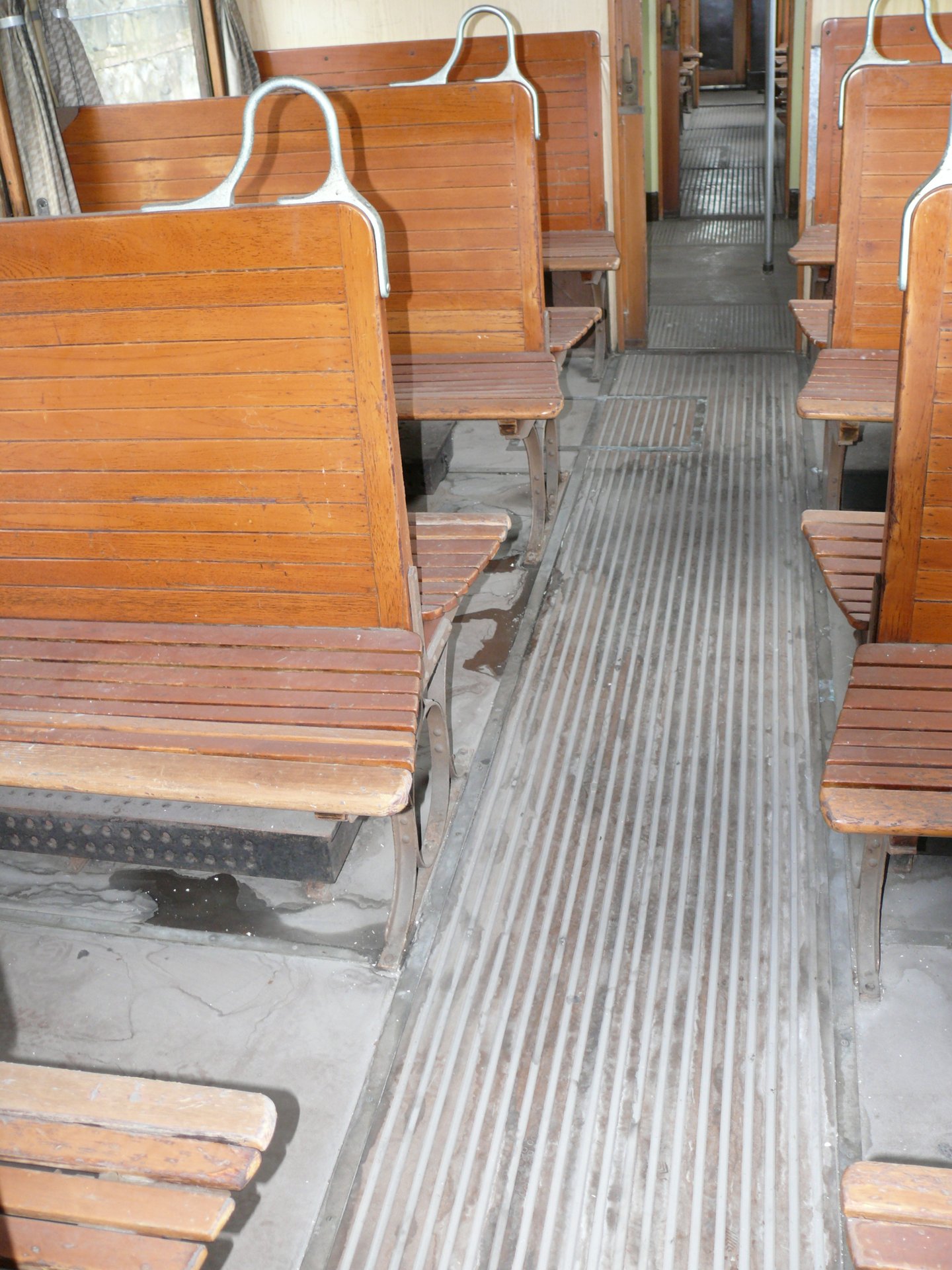For the first electrification of the Milano – Saronno e Bovisa – Meda lines Ferrovie Nord commissioned 6 E 600 locomotives and a number of Electric railcar + Pilot trailer complexes. These were semi-fixed consist bi-directional trains that can be coupled with several units through a multiple unit control system. This system allowed the trains to be easily lengthened during rush hour by joining two or three together.
This offered the advantage of always being driven by a single driver who operated all the vehicles in the composition from the cab at the head. Between 1928 and 1932 14 electric railcars from the long-running E 700 class and a number of E 800 trailers with driving cabs were built by OM and TIBB in Milan. The chassis and body formed a riveted tubular structure mounted on Commonwealth-type bogies, fitted with traction motors.
The pantographs, rheostats, contactors, compressors and brake air tanks were located on the roof and under the body. The head of the train housed the driving cabs with the electric and pneumatic controls.


